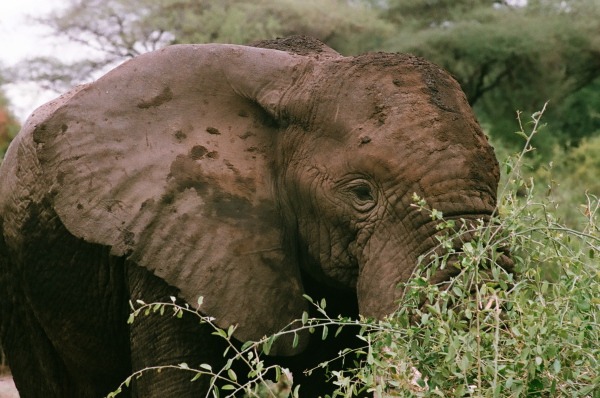Item Link: Access the Resource
File: Download
Date of Publication: June 19, 2015
Year of Publication: 2015
Publisher: American Association for the Advancement of Science
Author(s): Gerardo Ceballos, Paul R. Ehrlich, Anthony D. Barnosky, Andrés García, Robert M. Pringle, Todd M. Palmer
Journal: Science Advances
Volume: 1: 5
What is the magnitude of anthropogenic extinctions?
Many skeptics assert that predictions of a Sixth Mass Extinction are alarmist, but the recent article from Gerardo Caballos et al. published in Science Advances establishes that even the most conservative estimates support the conclusions “that modern extinction rates are exceptionally high, that they are increasing, and that they suggest a mass extinction under way –the sixth of its kind in Earth’s 4.5 billion years of history”.
Abstract: The oft-repeated claim that Earth’s biota is entering a sixth “mass extinction” depends on clearly demonstrating that current extinction rates are far above the “background” rates prevailing between the five previous mass extinctions. Earlier estimates of extinction rates have been criticized for using assumptions that might overestimate the severity of the extinction crisis. We assess, using extremely conservative assumptions, whether human activities are causing a mass extinction. First, we use a recent estimate of a background rate of 2 mammal extinctions per 10,000 species per 100 years (that is, 2 E/MSY), which is twice as high as widely used previous estimates. We then compare this rate with the current rate of mammal and vertebrate extinctions. The latter is conservatively low because listing a species as extinct requires meeting stringent criteria. Even under our assumptions, which would tend to minimize evidence of an incipient mass extinction, the average rate of vertebrate species loss over the last century is up to 100 times higher than the background rate. Under the 2 E/MSY background rate, the number of species that have gone extinct in the last century would have taken, depending on the vertebrate taxon, between 800 and 10,000 years to disappear. These estimates reveal an exceptionally rapid loss of biodiversity over the last few centuries, indicating that a sixth mass extinction is already under way. Averting a dramatic decay of biodiversity and the subsequent loss of ecosystem services is still possible through intensified conservation efforts, but that window of opportunity is rapidly closing.
Access the full article through the links above, and read more about the study through the press articles featured below.
Earth is on brink of a sixth mass extinction, scientists say, and it’s humans’ fault | Sarah Kaplan | The Washington Post
The World’s Sixth Extinction Event is Upon Us | Gerardo Ceballos | New Republic
The Earth stands on the brink of its sixth mass extinction and the fault is ours | Jan Zalaziewizc | The Guardian
The views and opinions expressed through the MAHB Website are those of the contributing authors and do not necessarily reflect an official position of the MAHB. The MAHB aims to share a range of perspectives and welcomes the discussions that they prompt.
